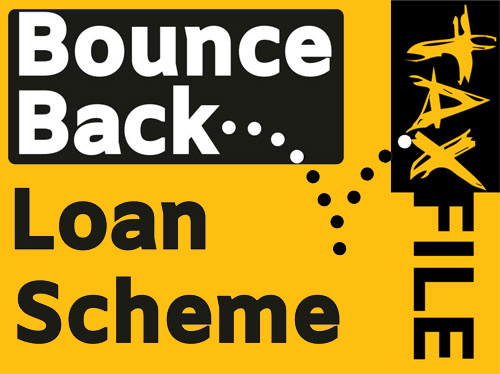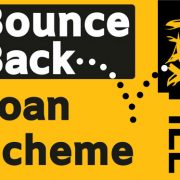Bounce Back Loan Applications & Top-Ups ENDING

Applications for the Bounce Back Loan Scheme (BBLS) come to a close on 31st March 2021.
The purpose of the scheme was to allow small businesses, regardless whether they were sole traders, partnerships, or limited companies, a way of getting a cash flow worth 25% of their turnover (within the range of £2-£50k) to support them during the pandemic. This is a great way to get a cash injection with a very small interest repayment (2.5% over 6-years, where the Government will pay the first 12 month’s interest on your behalf).
The deadline for Bounce Back Loan applications is Wednesday 31st March 2021. If you have not applied for the BBLS and need money to pay tax debts or to get your business moving again, then we recommend you make an application directly with your bank before time runs out.
If you have already taken out a BBLS, you can apply for a top-up to their existing Bounce Back Loan if you originally borrowed less than the maximum amount available to you. The top-ups are only available from your existing BBLS lender & you can apply for the lesser of £50k or 25% of the annual turnover the borrower certified in their original successful BBLS application form, minus the value of the original loan given to you.
If you need any assistance with your application then please do not hesitate to contact us on 020 8761 8000.


 Mark Carney, the Bank Of England’s new Governor, has announced his ‘forward guidance’ that the Bank does not intend to raise Bank Rate from 0.5% until the unemployment rate falls to 7%, which it forecasts will happen in mid 2016 — three years away. The Governor hopes that the announcement of this 3 year plan will instil confidence in the economy and help to encourage companies and consumers to borrow money without having to worry about any sudden, unforeseen rises in interest rates. It may well help, but of course it does hinge on that all-important unemployment rate falling to the desired level.
Mark Carney, the Bank Of England’s new Governor, has announced his ‘forward guidance’ that the Bank does not intend to raise Bank Rate from 0.5% until the unemployment rate falls to 7%, which it forecasts will happen in mid 2016 — three years away. The Governor hopes that the announcement of this 3 year plan will instil confidence in the economy and help to encourage companies and consumers to borrow money without having to worry about any sudden, unforeseen rises in interest rates. It may well help, but of course it does hinge on that all-important unemployment rate falling to the desired level.